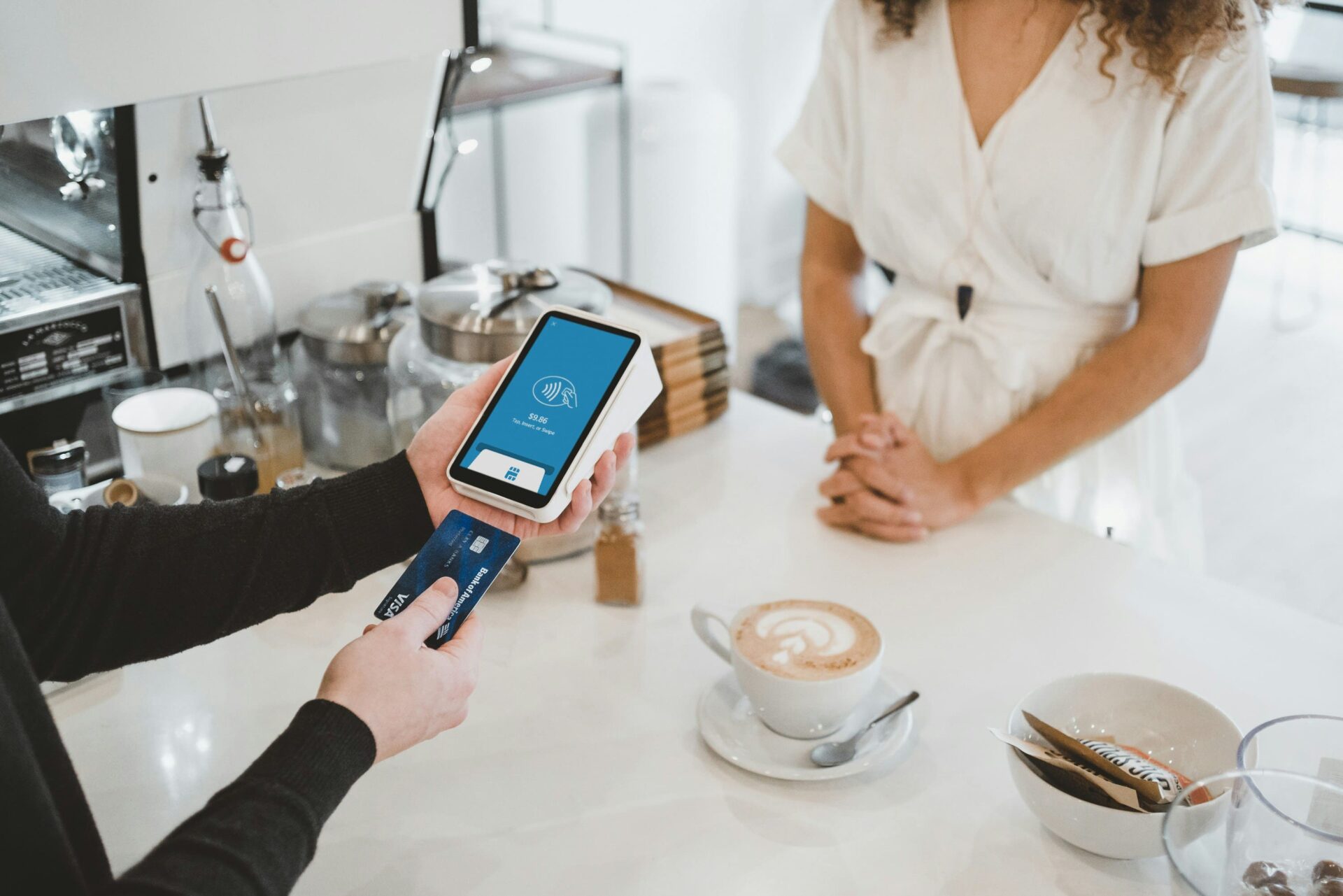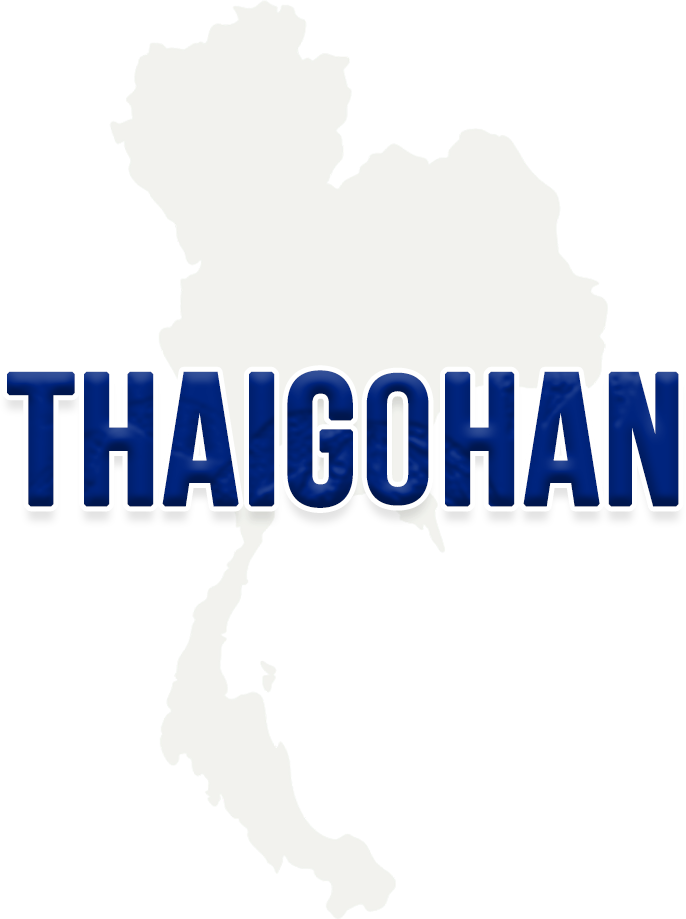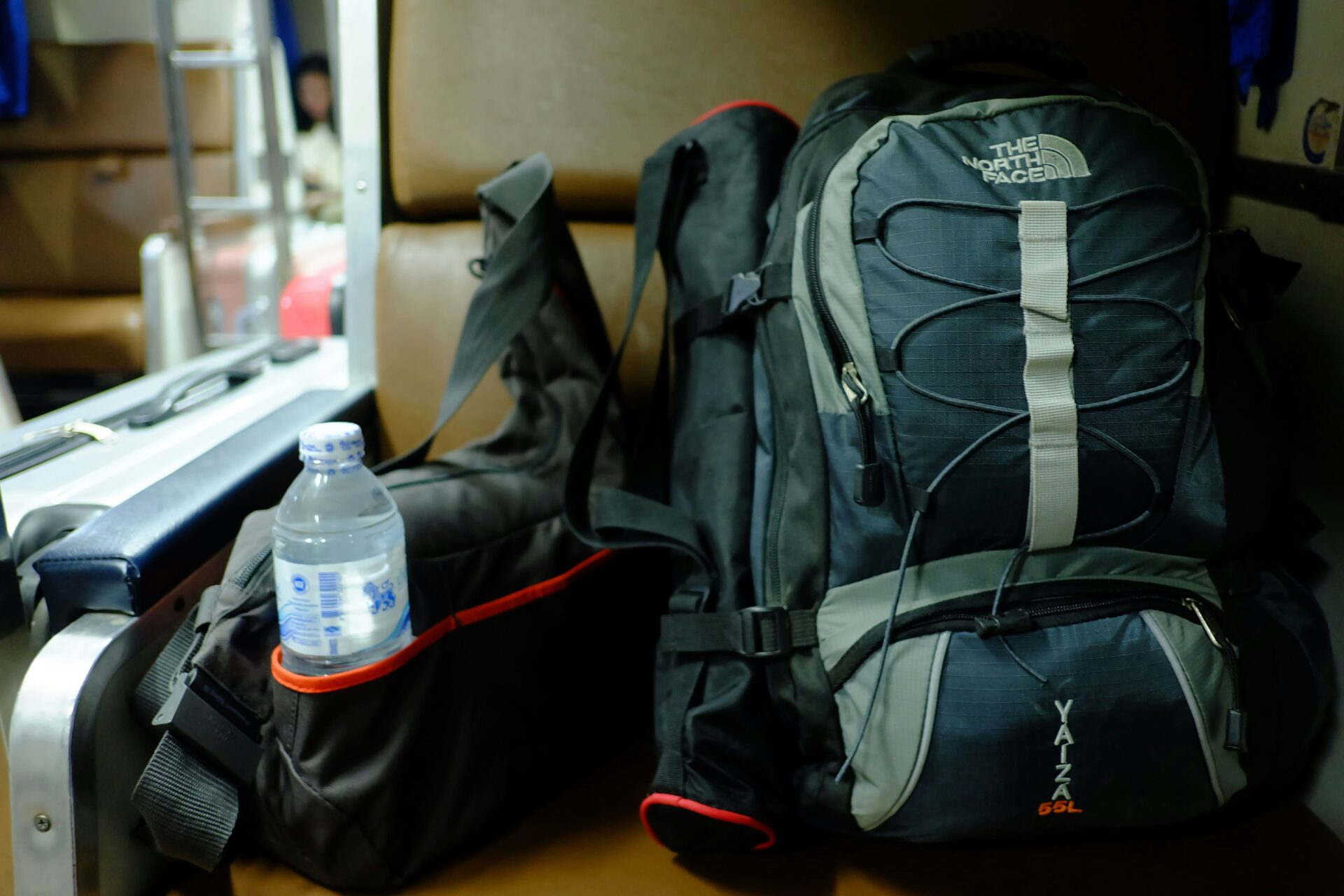Can You Use Credit Cards in Thailand? Recommended Cards and How to Use Cash Wisely

Thailand is rapidly modernizing when it comes to payments, and credit cards are becoming more widely accepted—especially in urban areas and tourist hubs. But cash is still king in many everyday situations, particularly at local markets, food stalls, and small businesses. So what’s the best way to pay in Thailand? This guide explains where credit cards are accepted, when cash is necessary, and which cards are best to bring for your trip.
目次
1. Are Credit Cards Widely Accepted in Thailand?
The short answer: Yes, but not everywhere.
Credit cards are accepted in many places, especially in major cities like Bangkok, Chiang Mai, and Phuket. You’ll have no problem using a card at:
- Hotels (especially 3-star and above)
- Upscale restaurants and cafes
- Shopping malls (e.g. MBK, CentralWorld)
- Convenience stores (7-Eleven, Family Mart)
- Ride-hailing and delivery apps like Grab and Foodpanda
However, you’ll still need cash for many local experiences, such as street food stalls, small shops, and taxis.
2. Where You Can and Can’t Use Credit Cards
| Situation | Credit Card Use | Notes |
|---|---|---|
| Hotels (mid-range and up) | ✅ High | Often needed for deposits |
| Upscale restaurants & cafes | ✅ High | Check if service charge is included |
| Local restaurants & food stalls | ❌ Low | Cash only |
| Convenience stores | ✅ High | Contactless payment often accepted |
| Taxis (street-hail) | ❌ Low | Grab app is better for card use |
| Night markets & street vendors | ❌ to ⚠️ Varies | Cash preferred; some accept QR payments |
| Shopping malls | ✅ High | Widely accepted |
3. Best Credit Cards for Traveling in Thailand
Look for credit cards that offer the following:
- ✅ No foreign transaction fees or low currency conversion rates
- ✅ Overseas travel insurance
- ✅ Contactless payment (Visa payWave, Mastercard Contactless)
- ✅ ATM withdrawal support (cash advance/cash card)
Recommended Cards
- EPOS Card (Japan) – Free annual fee, auto travel insurance
- Sumitomo Mitsui Card (NL) – High security, mobile-friendly
- Rakuten Card (VISA) – Widely accepted, good for earning points
- Revolut / Wise (Prepaid) – Real-time exchange rate, ideal for budgeting
💡 Tip: Use Visa or Mastercard for the best acceptance. JCB is not commonly accepted in Thailand.
4. How to Balance Credit Cards and Cash
While credit cards are great for convenience and tracking expenses, cash is still a must-have in Thailand.
When to Use Credit Cards:
- Hotels, tours, and other high-ticket purchases
- Shopping in malls and convenience stores
- Paying through apps like Grab or LINE MAN
When to Use Cash:
- Street food and local restaurants
- Markets and temples
- Tipping at spas or to hotel staff
- Local taxis and small transport services
Recommended daily cash amount: 500–1,000 THB per person, depending on travel style. Use your card for major purchases and carry cash for smaller expenses.
5. Money Safety Tips for Travelers
- Watch for skimming: Never let your card out of sight. Use chip + PIN if available.
- Avoid high ATM fees: Thai ATMs charge 220 THB (~$6 USD) per withdrawal. If using cash advance, withdraw in larger amounts to reduce fees.
- Keep receipts: Always double-check the amount before signing or confirming on screen.
- Know your PIN: Many places require a PIN instead of signature, so memorize it before traveling.
- Use a money belt or RFID-blocking wallet to protect your cards and cash.
Conclusion: Credit + Cash = Smart Travel in Thailand
Thailand is quickly embracing cashless payments, but credit cards alone won’t get you through the entire trip. The best approach is a hybrid strategy: use cards for large purchases and keep a reasonable amount of cash on hand for local experiences.
By choosing the right credit card and being mindful of where and how to use it, you’ll save money, reduce hassle, and make your Thailand adventure smoother.
(Photo by unsplash.com)




